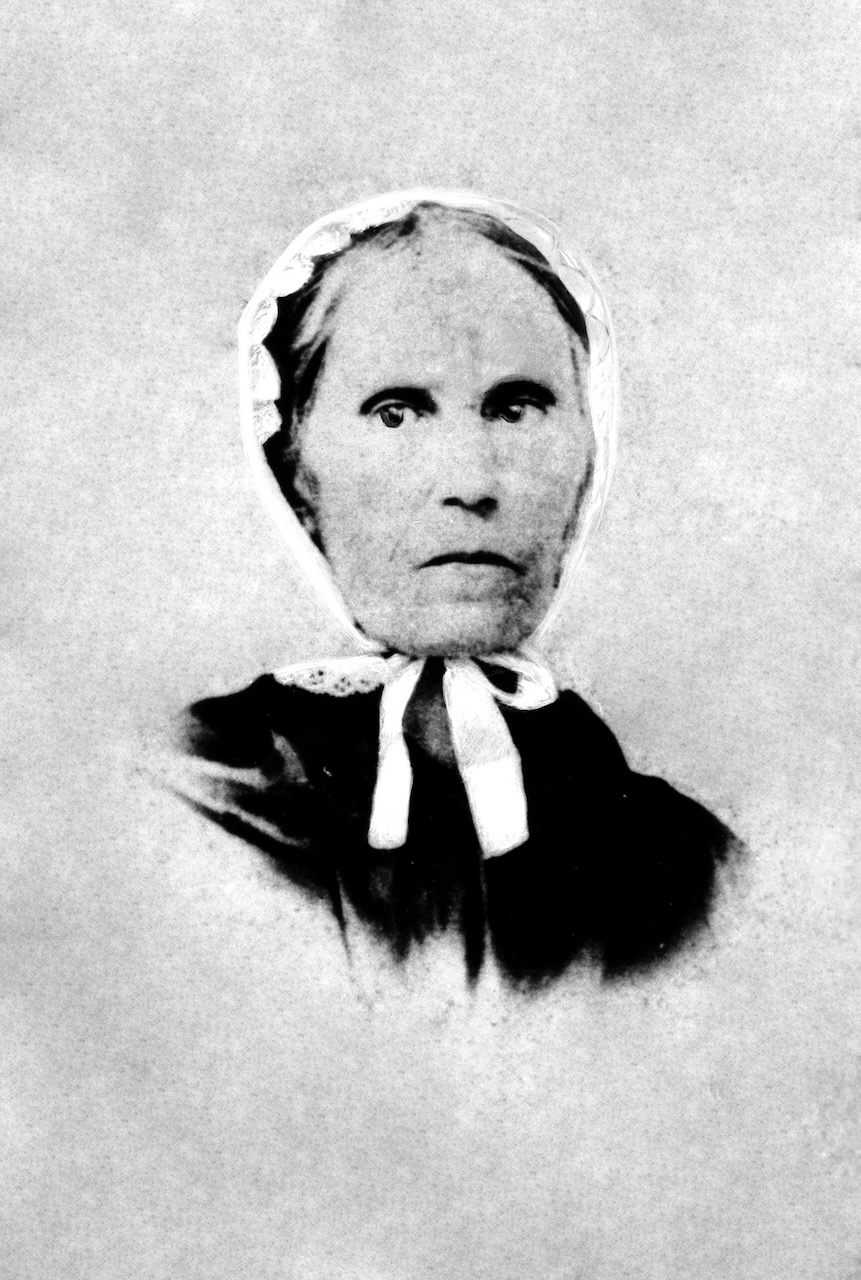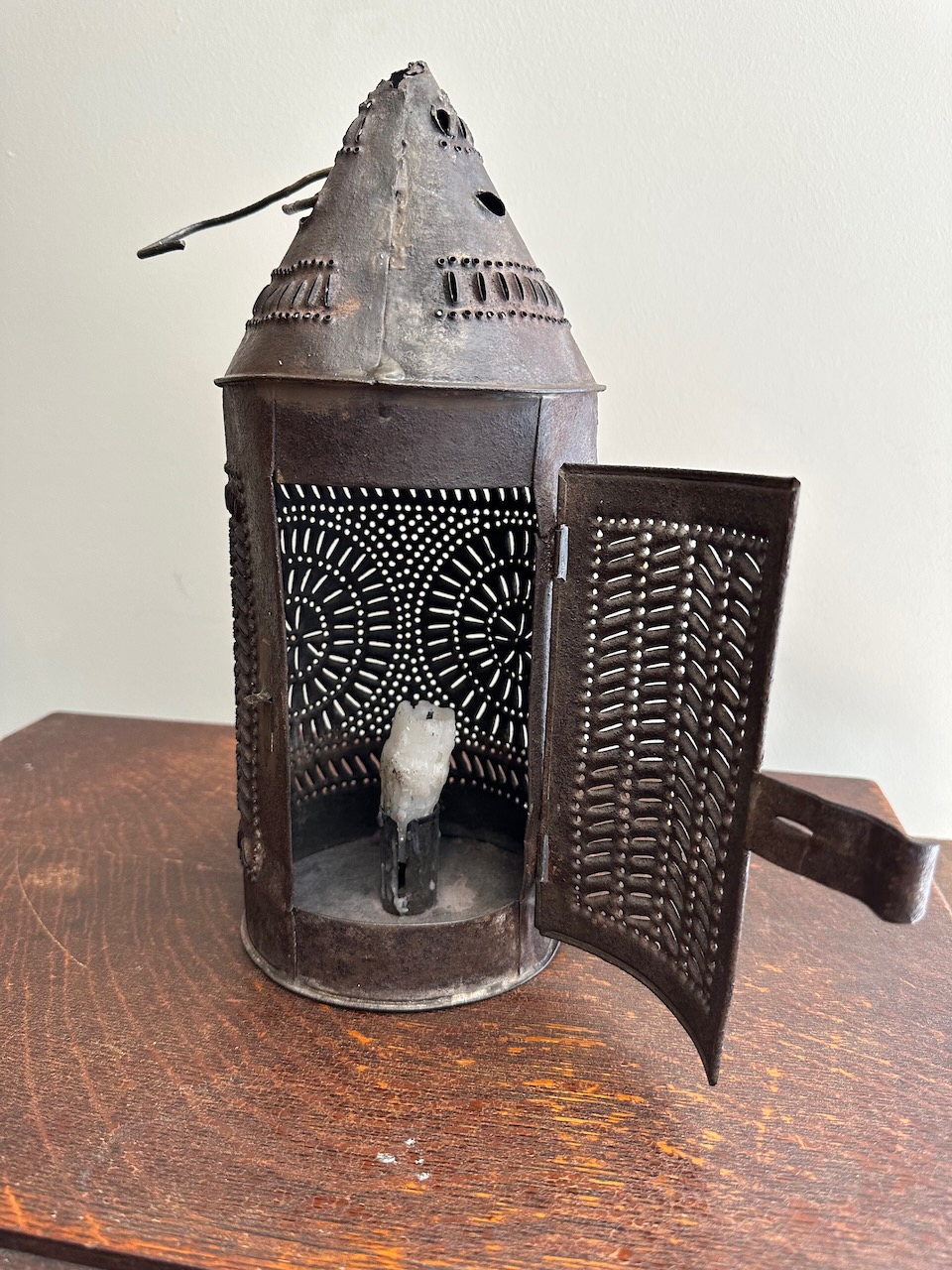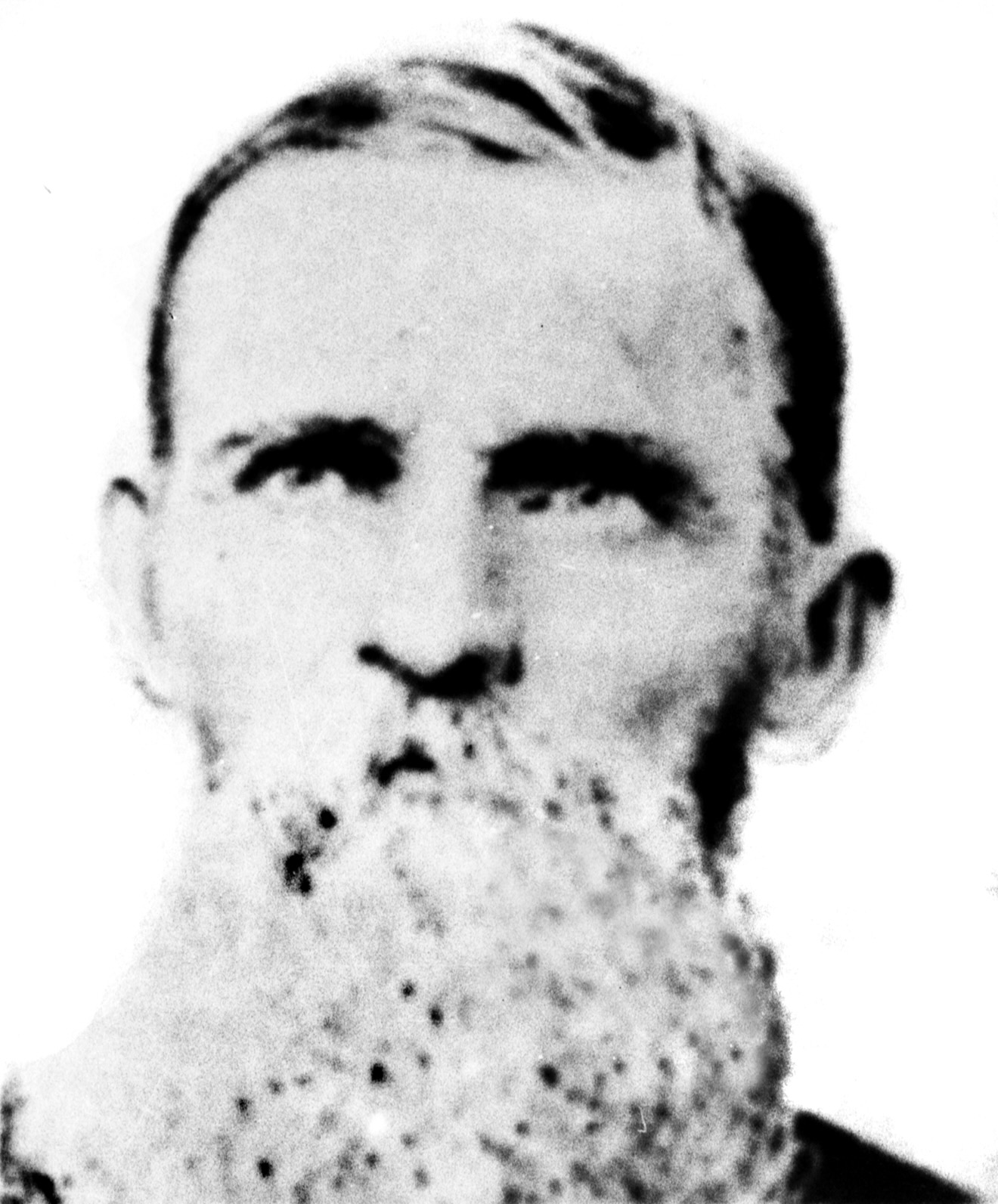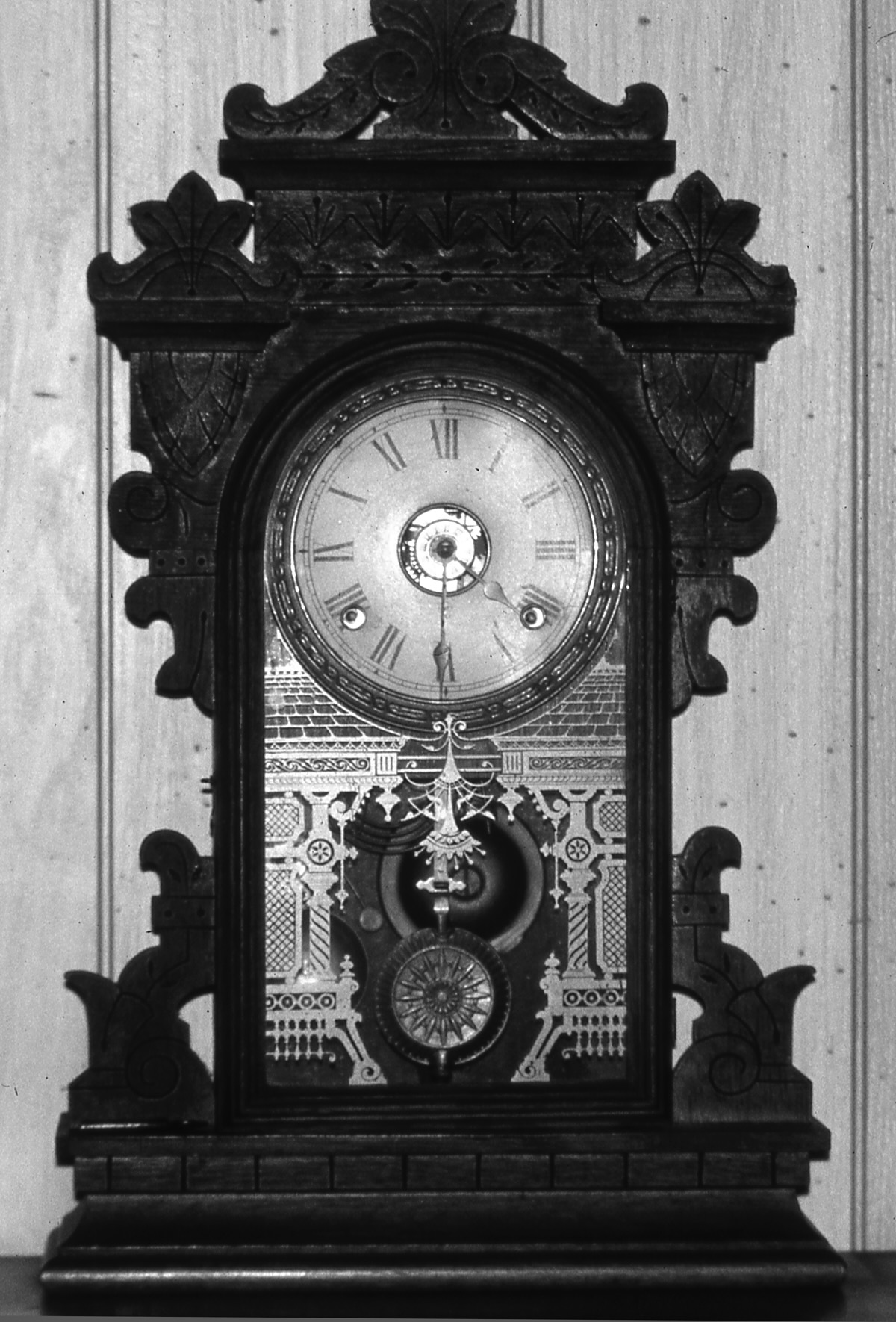Farmers like Elam Brown, Nathaniel Jones, Samuel Hodges, and Thomas W. Bradley were the first Americans to settle within the boundaries of modern Lafayette. William Alexander Leidesdorff sold the Acalanes Rancho along with 300 head of cattle to Elam Brown in the Fall of 1847.
Brown had headed a wagon train across the plains from Missouri in the Spring of 1846. A 49-year old widower with four children, he’d already tasted pioneer life as he moved from Massachusetts, later to Ohio, then into Missouri and Illinois in search of fertile farmland.
During the six month-long trek, the pioneers suffered rampant sickness, mourned the deaths of three of their party, and scaled the Sierra Cliffs just two weeks before the Donner party tragedy began. Before acquiring the rancho, Brown had served during the Mexican-American War, married Margaret Allen, a widowed member of the wagon train with 11 children, and spent the summer of 1847 whipsawing lumber in the San Antonio redwoods sector (Canyon) of the Moraga Rancho.

Few pioneers achieved as much as Lafayette’s founder, Elam Brown. In addition to his lumbering, farming and milling activities, he served as alcalde or mayor of his district from 1849 till California became a state, was a member of the State Constitutional Convention in 1849, served as assemblyman in the new state’s first two legislatures, and turned down an offer to run for the California State Senate in 1852, preferring to return to his farm. He died August 19, 1889 at the age of 92.

Widowed on the overland trip in 1846, Margaret Allen married Elam Brown on July 1, 1847 soon after their arrival in California. The $900 used to buy the Acalanes Rancho reputedly was brought across the plains by Margaret, hidden in an 8-day clock. She died in 1884 when she was 90.

The only known relics of the Brown-Allen 1846 overland trip from St. Joseph, Missouri are this tin “Paul Revere” lantern, which is on permanent display in the Lafayette Historical Society, and Margaret Allen’s 8-Day Clock. Brown’s party had originally headed for Oregon territory but changed plans when grass and water grew scarce.
He moved his family into the Happy Valley area on February 7, 1848, to become the first citizen of the future Lafayette and the second American in what was to become Contra Costa County.
Brown’s first permanent home was a frame house, pre-cut from redwood timbers, which he erected two miles north of Lafayette. Later this piece of land was purchased by Thomas W. Bradley, who’d married the Margaret Allen’s daughter Rebecca, in December, 1846.
Soon after moving into the ranch, Brown sold 372 acres to Nathaniel Jones for $100. Nathaniel married Elizabeth Allen, one of Margaret’s daughters. Jones had also made the overland trip with the Brown party, served during the Mexican-American War and worked in the San Antonio redwood forests.

Nathaniel Jones, Contra Costa County’s first sheriff, was the first pioneer farmer to buy acreage in Elam Brown’s Rancho Acalanes. Located in the present Happy Valley area in 1847, Jones planted the first black locust seeds brought to California. As a result, his land became known as “Locust Farm.”
The settlement was started. It was peaceful and pastoral. But because of its location, it was destined to become more than a cluster of isolated farms. It would grow into a country settlement … and years later, a suburban community.

